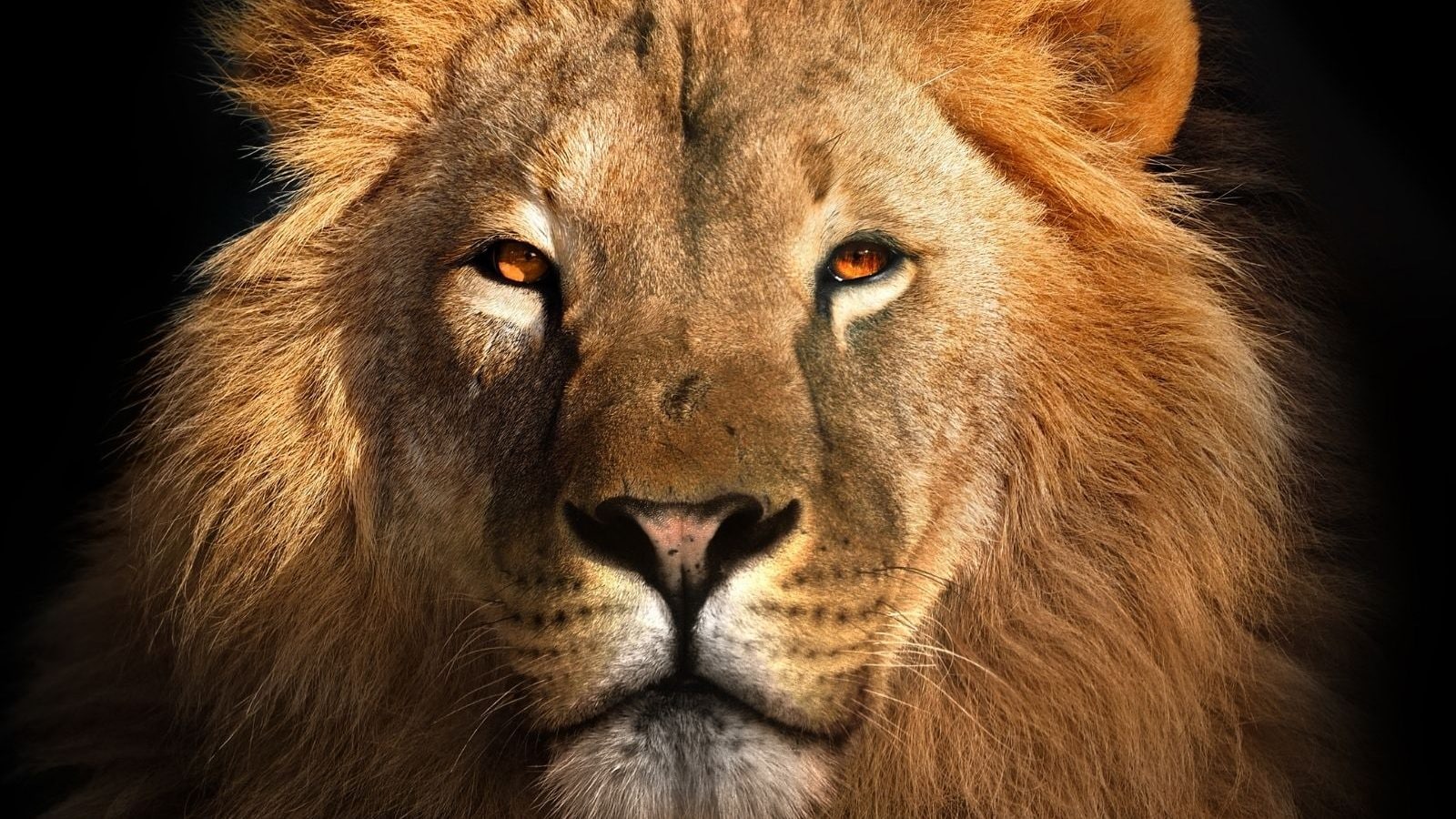World Lion Day 2021: History and Significance
World Lion Day is celebrated annually on August 10 each year, with an emphasis to raise awareness and gather support for their declining population and conservation. Currently, they are listed as endangered species by the International Union for Conservation of Nature’s (IUCN) Red List. The Asiatic Lion is one of the five big cats that are found in India, the other four being the Royal Bengal Tiger, Indian Leopard, Clouded leopard and Snow Leopard.
According to the census of the majestic big cats that was conducted by the Gujarat government in June last year, it showed a rise. India recorded the highest ever increase of 29 per cent in its lion population from 523 in 2015 to 674 in 2020. The report also cited that their distribution expanded from 22,000 sq. km in 2015 to 30,000 sq. km in 2020.
World Lion Day 2021: History
Even though Lions have freely roamed across Asia, Africa, Middle East, and Europe as far back as three million years ago. However, they have vanished from over 80 percent of their historic range in the last 100 years. Lions currently exist in over 25 African countries and one Asian country however; recent survey shows their numbers have declined from approximately 30,000 to about 20,000.
The Asiatic lions found in India are mostly found in the restricted Gir Forest and National Park and its surrounding areas. However, in the past, they roamed across the Indo-Gangetic plains, extending from Sindh in the west to Bihar in the east. Several paintings, literature and the records of lion hunt reveal that the lions were part of Indian mythology, royal emblems and a part of its cultural identity. However, it was only during the British colonial rule when lions were hunted on a large scale and their numbers depleted from most of their distribution range.
World Lion Day 2021: Significance
Lions are the apex predator of their habitat, they check the population of browsers and grazers, thus helping in maintaining ecological balance. Lions also keep the population of their prey healthy and robust as they target weakest members of the herd, indirectly helping in disease control in the prey population. Their conservation also helps in protection of natural forest areas and habitats and in turn, helps in biodiversity management.
The Indian government is already making efforts to protect the king of the jungle through various schemes and projects. However, an increase in their population and depleting forest cover and natural habitats have made them come closer to humans as they have started venturing far out of the protected areas in search of prey and territory.
If these majestic predators are not protected, various other species and the interrelated ecosystems of the region would be disturbed.
Read all the Latest News, Breaking News and Coronavirus News here
For all the latest lifestyle News Click Here

